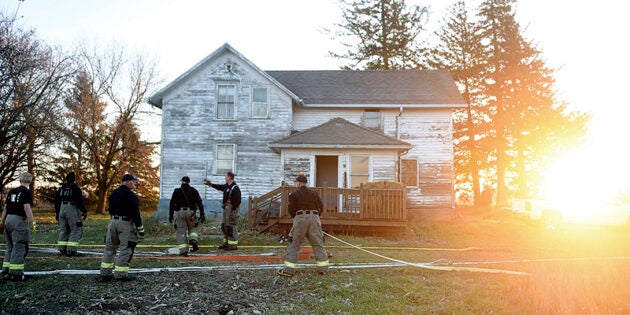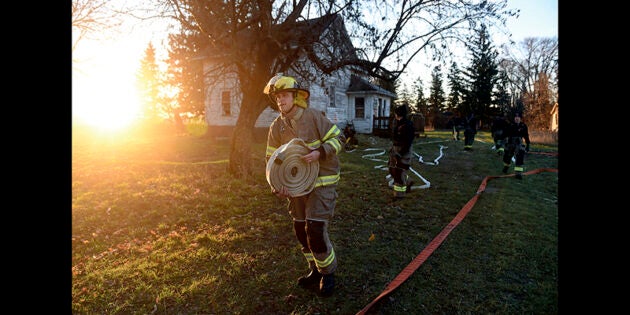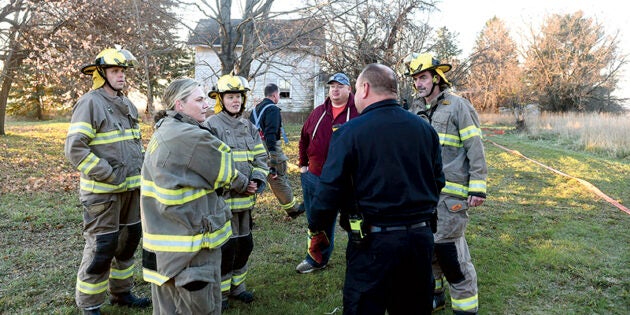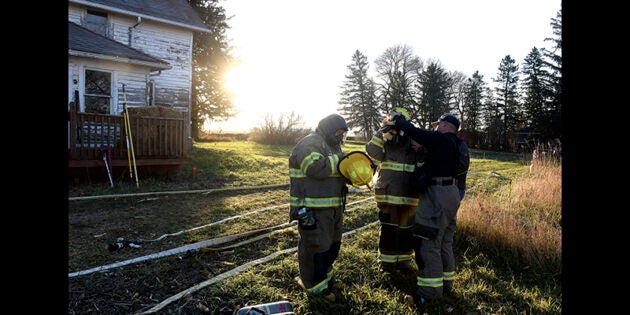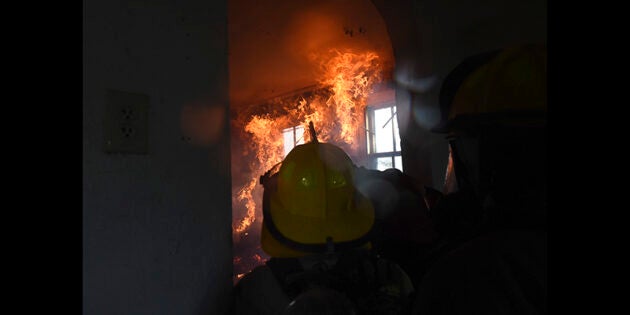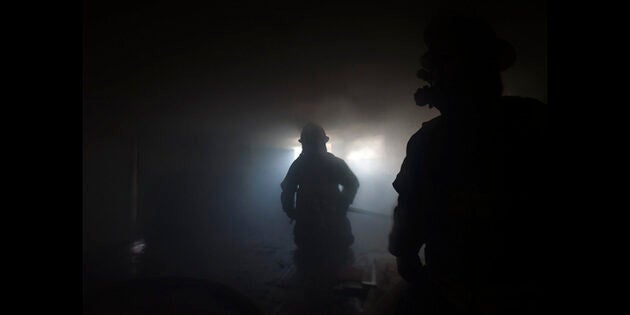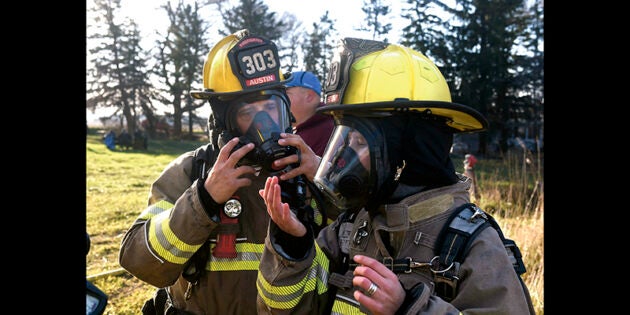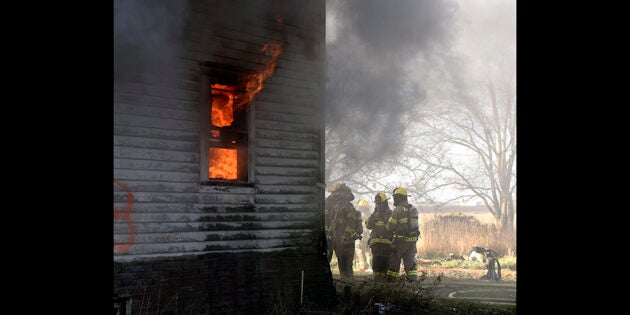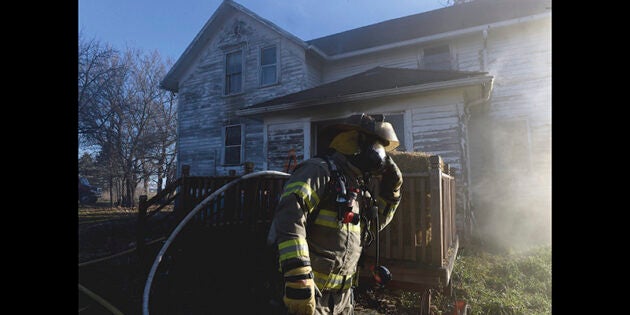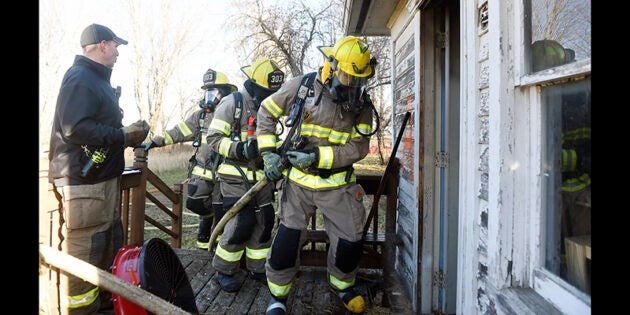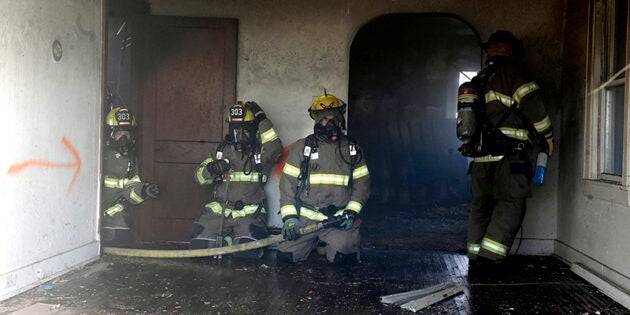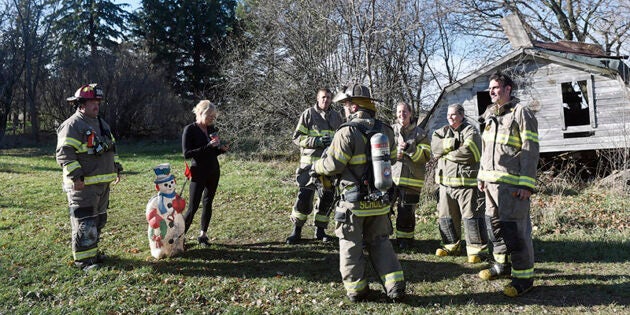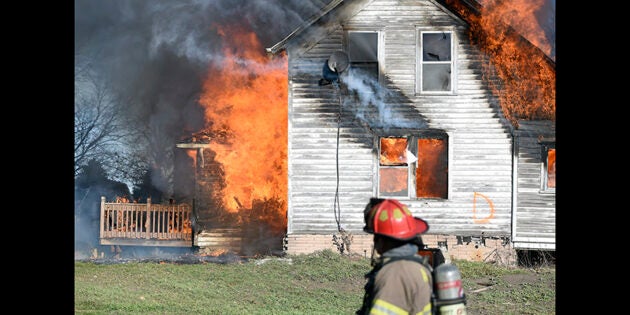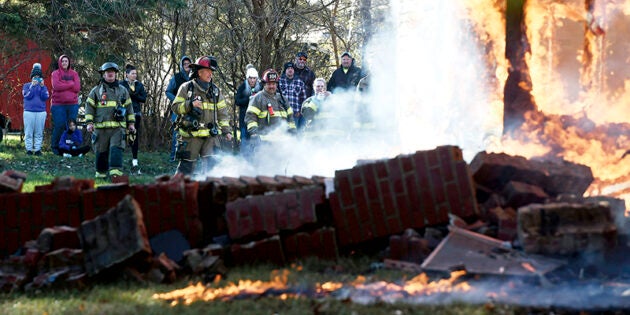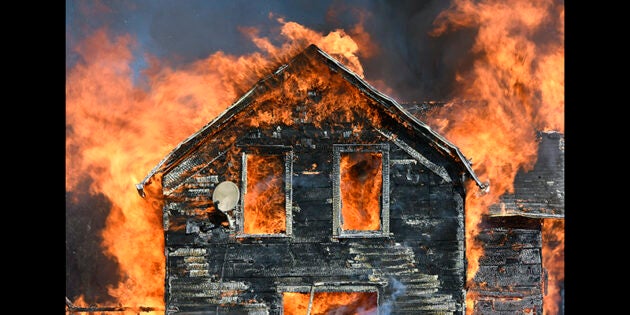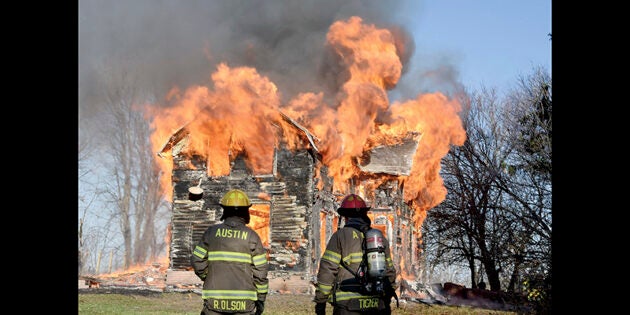Immersive Opportunity: City Council members, Rep. Mueller get up close view fighting fires
Published 7:33 pm Tuesday, November 21, 2023
|
Getting your Trinity Audio player ready...
|
Several members of the Austin City Council, along with Rep. Patricia Mueller were given the unique opportunity to put on the gear and for a morning live the life of a firefighter.
They were invited by the Austin Fire Department to a training burn on property southwest of Austin Sunday morning in which they were taken through the process of knocking down a live fire and learning a little bit more about what firefighters do. It was an opportunity that brought about uncertain expectations.
“I didn’t know what to expect,” Paul Fischer said. “I didn’t know how the burn was going to go. I had no idea what was going to happen.”
It was a sentiment felt by Laura Helle.
“I don’t have any experience in public safety or anything close to firefighting,” Helle said. “There was a little bit of the unknown. I was mostly hoping to get an insight of what our firefighters do on a daily basis.”
It was a fully immersive opportunity as the visitors strapped on SCBA tanks and were given the opportunity to douse the fire firefighters created in what sometimes can feel like claustrophobic conditions, though Austin firefighter Commnader Tom Schulte, who helped organize the burn, felt the morning was well received.
“Things went better than I expected,” Schulte said. “I was very happy with how things went. We set up fast, ready to go right away in the morning. The burns all went really, really well.”
The new firefighters were paired with Austin firefighters and instructors while an emergency line waited as backup, again made up of firefighters.
Using straw and pallets, firefighters would start the blazes in the corners in one of three rooms and allow the flames to build and burn, all the while taking the time to explain the process of not only how to put the fire out, but the processes of the flame itself. How it builds and breathes as it comes more fully to life, allowing those new on the hose a view of the progress of the flame and the effects that come along with it.
“I worked with Troy Tigner,” Helle said. “He really explained what I was going to see. The first time it gets up to the ceiling we knock it back. Each time we let it get a little closer.”
There also came with it a realization through the first-person perspective of the dangers of fire and fighting them.
“Once we totally put that fire out there was dense white smoke and I suddenly realized how people get lost crawling from their own home,” Helle said, and then with a laugh, added, “That was probably the point where I was ready for this to be over. The mask alone was pretty claustrophobic.”
Likewise, Fischer full advantage of the opportunity to learn from the firefighters.
“It was a great day, a great experience and I have a greater appreciation for what our firefighters do every day,” he said. “I learned so much listening to them talk and asking them questions.”
There was more to the day though than earning an experience few outside the profession get to see. As city leaders. The day was also about insight.
“Any time you have a better understanding of how things work, it’s one of those life lessons,” Schulte said. “What they really probably got out of that is how quickly conditions can change either for the negative or positive. Things happen fast. We understand and what we see makes us better at our job.”
It also impressed upon the first time firefighters the importance of knowing what employees do through experience.
“I think it’s very important,” Fischer said. “It gives you an opportunity to get a little taste of their job. Once you saw that house yesterday, engulfed … can you imagine going to that fire and putting that out?”
It’s a two-way street as Fire Chief Jim McCoy explained.
“These are the individuals that are spending taxpayer dollars to fund everything we do,” McCoy said. “Now that you have that first-hand knowledge of what is needed and how taxing it is, you have some experience of what it is we do and appreciate what we do.”
“I think it’s very important council members understand what we go through and potentially we could go through,” Schulte added. “They’re the ones who make the decisions for staffing and what not. It’s crucial to know what we go through.”
The Austin Fire Department really only holds burns like Sunday’s when a home is made available through the donation of a structure for training purposes. Otherwise firefighting education comes mostly through Riverland Community College where many of Austin’s firefighters are also instructors.
“We only do them when everything falls into place,” McCoy said. “It can’t be close to other structures or smoke out the neighborhood. The stars really need to align for us to get one.”
But opportunities like Sunday afford the chance to deal with all the nooks and crannies that come with a home.
“Having an acquired structure is something we really try and take advantage of,” Schulte said. “That’s good training. There is something different about an acquired structure. The elements are different.”
The council and firefighters went through the burns before lighting the final fire, which took the house, a process that took relatively little time.
It was a chance for the council members to not only see what a fully-involved house looks and feels like.
“I’m grateful that we have people that say to themselves, yes I want to go to work every single day and maybe going into a burning house,” Helle said.


